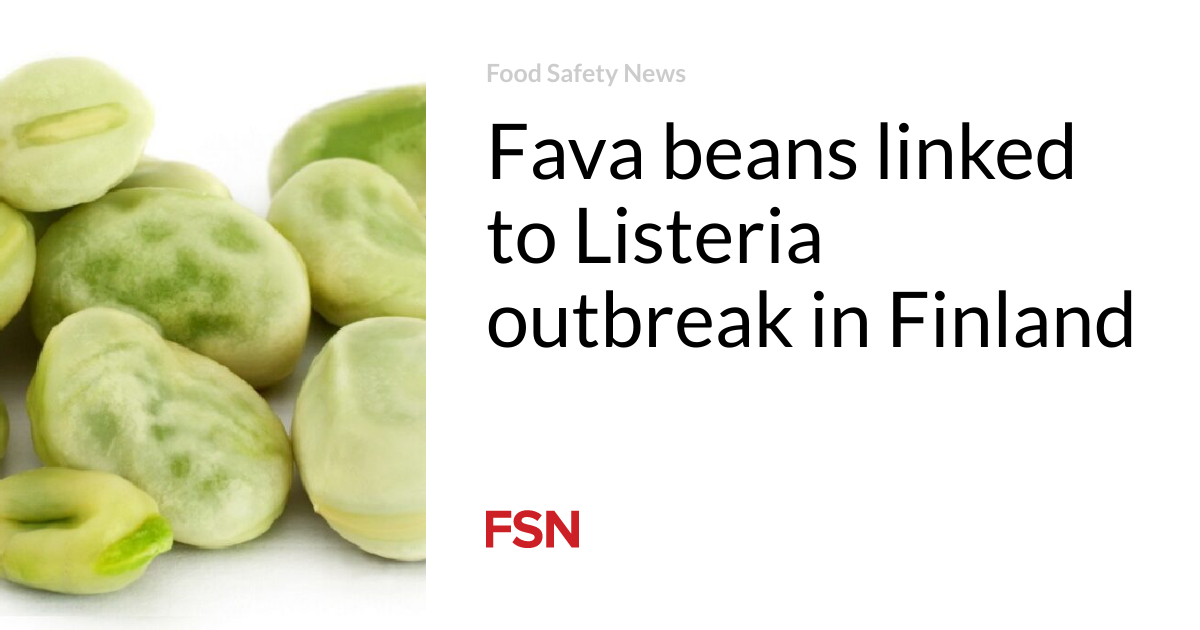A British alternate that trades in Russian liquefied pure gas (LNG) by working an “unique ship”, has no longer been breaching the sanctions put in impart after the Russian invasion into Ukraine.
An investigation by Sky Data revealed that surely one of primarily the most attention-grabbing owner-operators of liquefied gas vessels, Seapeak, has its headquarters based entirely in Glasgow.
The firm owns five LNG icebreakers including the Yakov Gakkel, which Sky makes a speciality of. The skip can slice through ice enabling it to hurry up into the Arctic Circle and back even in the depths of iciness.
This permits the ship to hurry back and between Siberia and Europe, through iciness and summer season, bringing copious volumes of gas from Russia to Europe.
No matter pleas from European leaders to diminish usage of gas, Sky reviews that Europe is tranquil reckoning on Russia for around 15 p.c of its gas. As perfect final month Russia overtook the US to alter into the 2d most attention-grabbing provider of gas to the continent.
When the warfare broke out in Ukraine, the European Union (EU), the UK and the US all applied a swarm of sanctions in opposition to the Russian Authorities, shut mates of President Putin as successfully as corporations that had shut ties to him or his allies.
In the UK, the Situation of job for Monetary Sanctions Implementation (OFSI), which sits all throughout the Treasury, was as soon as overseeing the UK sanctions checklist.
Corporations, no matter the chance of penalties, had been struggling to keep it up prime of the sanctions, as 127 British corporations admitted final November to breaching those unique guidelines.
Whereas corporations try to weave throughout the sanctions lists all throughout the UK, EU and US, the energy sector has been working all throughout the grey lines of the guidelines.
Alongside with extensive-ranging sanctions, there had been additionally designate caps placed on shipments of oil, on the other hand, there had been no controls placed on liquefied pure gas. This implies these fleets carrying LNG from Russia to every European country personal no longer been breaching the Russian-sanctions.
As Paul Feldberg, Brown Rudnick accomplice and head of UK white collar defense, investigations and compliance explained: “Whereas these sanctions possess a web of prohibitions, they devise no longer possess a blanket ban on anything else Russian or from doing alternate in Russia, so there will the least bit times be gaps.”
“About a of those gaps are deliberate, treasure the dearth of a prohibition imports of Russian gas into Europe, as Europe is taking its time to wean itself off Russian Gas,” he added.
Barrister Patrick Upward KC from Church Court Chambers pointed out that “it is miles alarming that this alternate in pure gas is being allowed to proceed with abject push apart for the explanations and cause of the sanctions which would perhaps be in impart in respect of oil.”
“Whereas the UK Authorities had intention in suppose an enquiry beneath the auspices of a Treasury Choose Committee, this fell away with the announcement of the election. Some would perhaps presumably mediate that the investigation would perhaps also tranquil proceed beneath the unique authorities, nonetheless to what discontinue?”
The senior barrister highlighted that “the empirical proof is there, floating in undeniable seek, in vessels designed for one cause, travelling between ports that enable the passage of Russian gas into Europe.”
“It must now be regarded as essential that the unique authorities rob the opportunity to shut these loopholes. In the occasion that they might be able to no longer persuade the EU to be half of in, then they must penalise those enablers in London, who proceed to draw shut good thing about the lacunae in the present sanctions regime,” he added.
About a of those gaps are deliberate, treasure the dearth of a prohibition imports of Russian gas into Europe, as Europe is taking its time to wean itself off Russian Gas
Whereas Leigh Crestohl, accomplice, Zaiwalla & Co added that this case “reveals in stark terms the huge difficulties that arise in trying to apply a huge-ranging sanctions programme to a vivid economy which was as soon as successfully constructed-in into European present chains.”
“Contemporary sanctions suppose affords no precedent for sanctions measures in opposition to this kind of developed economy that carried out this kind of critical function in meeting Western energy needs,” he acknowledged.
This comes after it was as soon as revealed that the British insurance alternate has insured over €120bn worth of Russian oil since March 2022, main to calls from a frail Cupboard minister for the sphere to mediate on its responsibilities.
By Metropolis AM
Extra Top Reads From Oilprice.com:
- Georgia’s Anaklia Port: A Geopolitical Tug-of-War
- Xi Jinping and Putin Beef up Eurasian Impact at SCO Summit
- Central Banks Tread Cautiously No matter Easing Inflation





